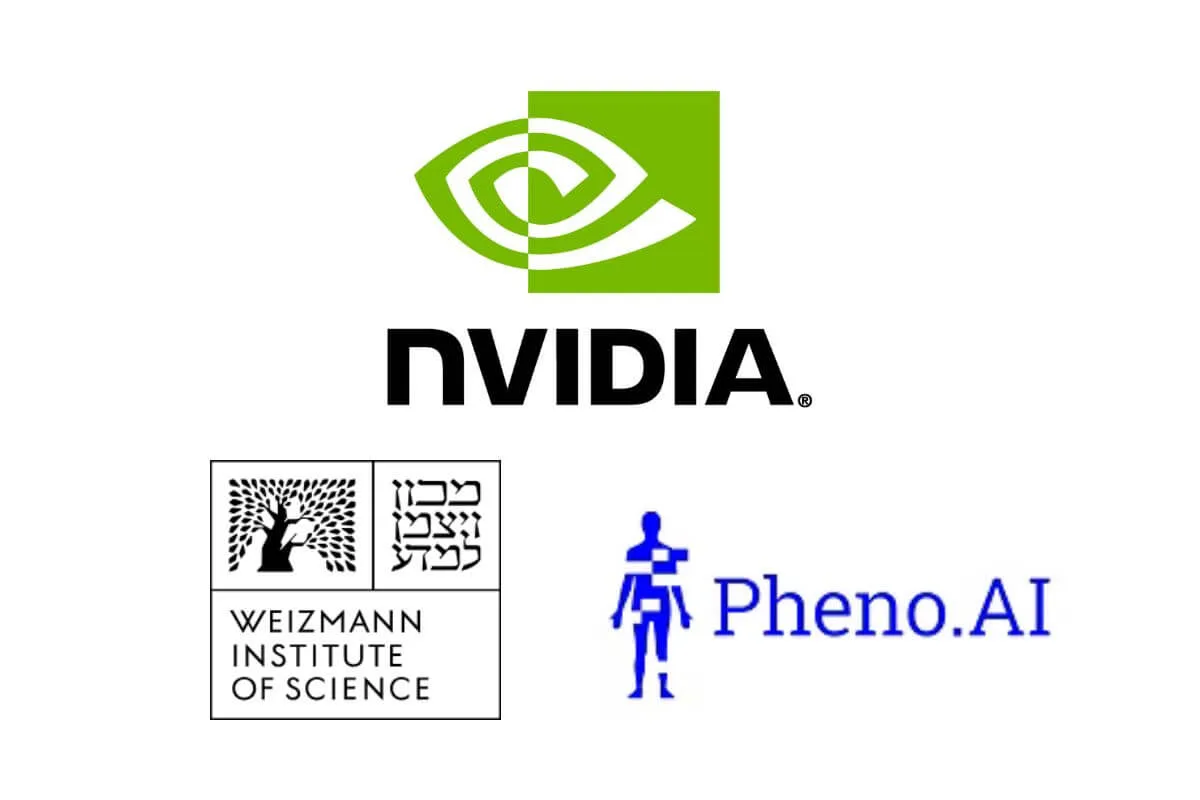
Nvidia, along with researchers from the Weizmann Institute of Science, Tel Aviv-based startup Pheno.AI, has developed a new artificial intelligence (AI) model called GluFormer. This model can predict an individual's future glucose levels and other health metrics using continuous glucose monitoring (CGM) data. According to Harvard Health Publishing and NYU Langone Health, data from continuous glucose monitoring could help more quickly diagnose patients with prediabetes or diabetes, as Nvidia highlighted.
Also Read: Microsoft Announces New AI Models and Solutions for Healthcare
GluFormer AI Model
"GluFormer's AI capabilities can further enhance the value of this data, helping clinicians and patients spot anomalies, predict clinical trial outcomes and forecast health outcomes up to four years in advance," Nvidia said in a blog post earlier this month.
GluFormer is a transformer model, a type of neural network architecture that tracks relationships in sequential data. Nvidia says it's the same architecture that powers models like OpenAI's GPT, but in this case, it analyses glucose data instead of text.
Also Read: Oracle Health Unveils AI-Powered Electronic Health Record System
Training the Model
The model was trained on 14 days of glucose monitoring data from over 10,000 non-diabetic study participants, with data collected every 15 minutes through a wearable monitoring device. The data was gathered as part of the Human Phenotype Project, an initiative by Pheno.AI.
The GluFormer model predicts not only glucose levels up to four years in advance but can also predict medical values, including visceral adipose tissue (a measure of the amount of body fat around organs like the liver and pancreas), systolic blood pressure (which is associated with diabetes risk), and the apnea-hypopnea index (a measurement for sleep apnea, which is linked to type 2 diabetes).
Also Read: GE HealthCare Launches AI Innovation Lab to Drive Medical Advancements
Continuous Glucose Monitoring
"Medical data, and continuous glucose monitoring in particular, can be viewed as sequences of diagnostic tests that trace biological processes throughout life," said Gal Chechik, senior director of AI research at Nvidia. "We found that the transformer architecture, developed for long text sequences, can take a sequence of medical tests and predict the results of the next test. In doing so, it learns something about how the diagnostic measurements develop over time."
By incorporating dietary intake data into the model, GluFormer can also forecast how specific foods and dietary changes impact glucose levels, offering precision nutrition insights. The model's ability to predict health outcomes for individuals with prediabetes, type 1 and 2 diabetes, and obesity could revolutionise preventative care, enabling doctors to intervene earlier and improve long-term patient outcomes, Nvidia said.
Also Read: AI Will Cure a Lot of Cancers, Says JPMorgan’s CEO: Report
GluFormer's Validation
The model was validated across 15 diverse datasets and was found to generalise well in predicting health outcomes for other groups, including those with prediabetes, type 1 and type 2 diabetes, gestational diabetes and obesity. The team used a cluster of Nvidia Tensor Core GPUs to accelerate model training and inference.
Potential of AI tools like GluFormer
With diabetes affecting 10 percent of adults worldwide—a figure expected to double by 2050—Nvidia says AI tools like GluFormer have the potential to help the hundreds of millions of adults with diabetes. According to a report highlighted by Nvidia, it is expected that improving patient outcomes and reducing the economic impact of diabetes, could reach USD 2.5 trillion globally by 2030.















